AMENDMENTS TO Building Regulations
On 21st December 2018, the Government amended the Building Regulations to prohibit the use of combustible materials in external walls of buildings over 18 metres in height that contain at least one dwelling. The amendment to the regulations has been issued as a result of the investigation into fire safety and subsequent findings from the Grenfell disaster.
Where plans have been submitted with a local authority prior to this date, and provided works had already started prior to 21st February 2019, the previous Building Regulations will apply.
BBA UPDATE TO CURRENT CERTIFICATES
This legislative change affects all manufacturers of brick faced systems (as per the stipulations above) that rely on adhesives to bond the brick and the backing substrate.
The BBA has issued a notice on their website – confirming the changes to the legislation and how it affects current certificate holders and projects in progress.
See the full article here.

OTHER ALTERNATIVES
All projects that have already begun prior to the dates stated above are permitted to still use an adhesive fixed brick slip system. However, ACS understands that the delay in any project or a change to the design can be costly and have a detrimental effect on the project as a whole. We have the ability to design and manufacture a mechanical suspended brick solution, working around the restriction imposed by the Government whilst achieving the same aesthetics of an adhesive fixed system.
FAQ
Do the changes to the Building Regulations affect my project?
The change in regulation applies to all buildings containing at least one dwelling, with a floor level or storey exceeding 18 metres above ground level. The amendment applies to institutions, care homes, hospitals, sheltered accommodation, student residences and residential schools, however, it does not apply to hostels, hotels or boarding houses – providing they are not being converted into residential accommodation.
Does the ban on combustible materials apply to refurbishment projects?
The ban applies to all work which lies within the scope of Building Regulations, such as new construction and refurbishment. The ban will be enforced when the change of usage of the building takes place which would fall within the scope of the ban. At this point, all external walls and cladding should be adapted or replaced to ensure they meet the new requirements.
Definition of class a1 and a2 characteristics
An important aspect of the change to the building regulation states that other fire test methods and national classifications are not recognised as compliant when specifying materials for residential projects over 18 metres. To conform to the new requirement, BS EN 13501 is the only recognised standard.
The amendments affect those materials that become part of the external wall and fall under European classification A1 or A2-s1, d0 (extract taken from BS EN 13501-1:2007+A1:2009)
| CLASS A1 – | WILL NOT CONTRIBUTE IN ANY STAGE OF THE FIRE, INCLUDING THE FULLY DEVELOPED FIRE, OR PRESENT A SMOKE HAZARD. |
| CLASS A2 –
THE USE OF A2 CLASSIFIED PRODUCTS IS DEPENDENT ON ‘S’ & ‘D’ CHARACTERISTICS – AS OUTLINED IN THE AMENDED BUILDING REGULATION 2018 |
WILL NOT SIGNIFICANTLY CONTRIBUTE TO THE FIRE LOAD AND FIRE GROWTH IN A FULLY DEVELOPED FIRE, AND FURTHER DEFINED THROUGH ‘S’ AND ‘D’ CHARACTERISTICS
THE CHARACTERISTICS “S” FOR SMOKE AND “D” FOR DROPLETS ARE DEFINED AS: S1 WEAK OR NO SMOKE S2 MEDIUM SMOKE S3 HIGH SMOKE
D0 NO FLAMING DROPLETS/PARTICLES D1 SLOW DRIPPING RECORDED D2 HIGH DRIPPING RECORDED |
| CLASS A2-s1, d0 – | THE HIGHEST CLASSIFICATION OF A2 PRODUCTS
WILL NOT SIGNIFICANTLY CONTRIBUTE TO THE FIRE LOAD AND FIRE GROWTH IN A FULLY DEVELOPED FIRE AND FURTHER CHARACTERISED AS PROVIDING: WEAK OR NO SMOKE (S1) NO FLAMING DROPLETS/PARTICLES (D0)
|
What products are excluded from the combustible materials ban?
IMPORTANT LINKS
To download this document in PDF Format, Click here
Related Articles
20th November 2018
Independent Testing Demonstrates Requirement For Compression Sleeves
Changes to building requirements brought on by the learnings from the Grenfell disaster has seen an...
read more
29th January 2019
Fully Funded Brickwork Masterclass Course Now Available!
New BRICKWORK MASTERCLASS The Association of Brickwork Contractors has launched a fully funded brick...
read more
Article originally published on 19th March 2019
